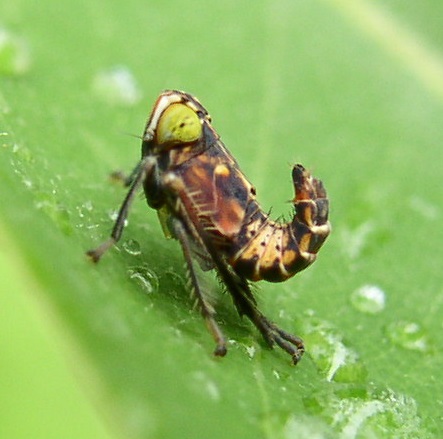|
Neocenchrea
''Neocenchrea'' is a genus of derbid planthoppers in the family Derbidae. There are about five described species in ''Neocenchrea''. Species These five species belong to the genus ''Neocenchrea'': * ''Neocenchrea bakeri'' (Mc Atee, 1924) * ''Neocenchrea heidemanni'' (Ball, 1902) * ''Neocenchrea mero'' Fennah, 1952 * ''Neocenchrea ochracea'' Metcalf, 1945 * ''Neocenchrea pallida'' Metcalf, 1938 c g Data sources: i = ITIS, c = Catalogue of Life, g = GBIF, b = Bugguide.net References Further reading * * * * * External links * Auchenorrhyncha genera Derbinae {{Fulgoromorpha-stub ... [...More Info...] [...Related Items...] OR: [Wikipedia] [Google] [Baidu] |
Neocenchrea Bakeri
''Neocenchrea'' is a genus of derbid planthoppers in the family Derbidae. There are about five described species in ''Neocenchrea''. Species These five species belong to the genus ''Neocenchrea'': * '' Neocenchrea bakeri'' (Mc Atee, 1924) * '' Neocenchrea heidemanni'' (Ball, 1902) * '' Neocenchrea mero'' Fennah, 1952 * '' Neocenchrea ochracea'' Metcalf, 1945 * '' Neocenchrea pallida'' Metcalf, 1938 c g Data sources: i = ITIS, c = Catalogue of Life, g = GBIF, b = Bugguide.net References Further reading * * * * * External links * Auchenorrhyncha genera Derbinae {{Fulgoromorpha-stub ... [...More Info...] [...Related Items...] OR: [Wikipedia] [Google] [Baidu] |
Neocenchrea Heidemanni
''Neocenchrea heidemanni'' is a species of derbid planthopper in the family Derbidae. References Further reading * * * External links * Insects described in 1902 Derbinae Taxa named by Elmer Darwin Ball {{Fulgoromorpha-stub ... [...More Info...] [...Related Items...] OR: [Wikipedia] [Google] [Baidu] |
Derbidae
The family Derbidae (commonly called derbids) is a large and diverse group of planthoppers (Fulgoroidea, Hemiptera), widely distributed in the tropics and also found in subtropical and temperate regions. It includes more than 150 genera and more than 1500 species. The adults suck the sap of plants while the nymphs live mainly in decaying organic matter, for example under the bark of dead tree trunks, feeding on fungi. In some groups of species the general structure of the insects is largely uniform, whereas in others like in the subfamily Otiocerinae various forms can be found. For example, the shape of the head, the antennae or the wings can differ considerably among genera and species. Description Derbids are typically 5–10 mm long from head to the end of the forewings. They can be distinguished from other planthopper families by a combination of different characters, the most important one being the very short terminal segment of the rostrum which is often only as long as wid ... [...More Info...] [...Related Items...] OR: [Wikipedia] [Google] [Baidu] |
Auchenorrhyncha Genera
The Auchenorrhyncha suborder of the Hemiptera contains most of the familiar members of what was called the "Homoptera" – groups such as cicadas, leafhoppers, treehoppers, planthoppers, and spittlebugs. The aphids and scale insects are the other well-known "Homoptera", and they are in the suborder Sternorrhyncha. Distributed worldwide, all members of this group are plant-feeders, and many are vectors of viral and fungal diseases of plants. It is also common for Auchenorrhyncha species to produce either audible sounds or substrate vibrations as a form of communication. Such calls range from vibrations inaudible to humans, to the calls of many species of cicadas that can be heard for hundreds of metres, at least. In season, they produce the most characteristic and ubiquitous noise of the bush. Etymology The word "Auchenorrhyncha" is derived from the Greek words αὐχήν (auchēn), meaning "neck" or "throat," and ῥύγχος (rhynchos), meaning "snout". Classification ... [...More Info...] [...Related Items...] OR: [Wikipedia] [Google] [Baidu] |


